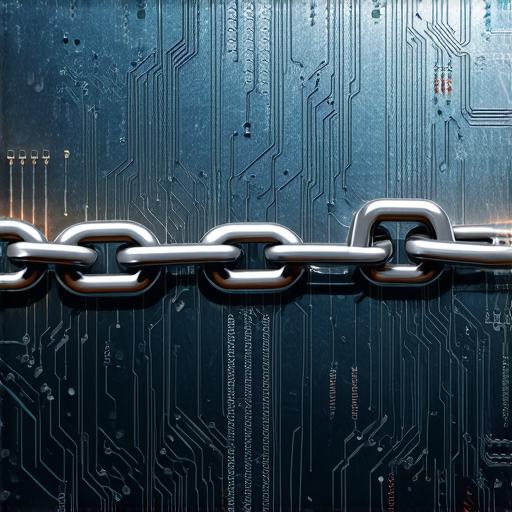Blockchain technology is rapidly changing the way we interact and transact online. From cryptocurrencies to supply chain management, blockchain is becoming an integral part of our daily lives. As a developer, understanding how blockchain works can be a game-changer for your career. In this article, we will explore the basics of blockchain technology, its key features and benefits, and real-life examples of its implementation.
What is Blockchain?
Blockchain is a decentralized, distributed ledger that records transactions on multiple computers in a secure and transparent way. It was first introduced in 2008 with the creation of Bitcoin, but since then, blockchain technology has found countless applications in various industries, including finance, healthcare, and logistics.
Key Features of Blockchain Technology
At its core, blockchain is a database that stores information across a network of computers. Each computer (or node) in the network has a copy of the database and can validate transactions as they occur. This decentralized structure ensures that there is no single point of failure and that the database cannot be tampered with or hacked.
There are several key features of blockchain technology that make it so powerful and useful:
- Decentralization: As mentioned earlier, one of the main benefits of blockchain is its decentralized structure. This means that there is no central authority controlling the network, making it more resistant to attacks and manipulation.
- Transparency: All transactions on a blockchain are recorded in a public ledger, which can be accessed by anyone on the network. This ensures that all participants have access to the same information and that transactions are transparent and auditable.
- Security: Blockchain uses cryptographic algorithms to secure transactions and prevent fraud. Each transaction is verified by multiple nodes on the network, making it virtually impossible for anyone to tamper with or falsify data.
- Immutability: Once a transaction is recorded on a blockchain, it cannot be altered or deleted. This ensures that the integrity of the database is maintained and that records are tamper-proof.
- Smart Contracts: Blockchain technology also allows for the creation of smart contracts, which are self-executing contracts with the terms of the agreement between buyer and seller being directly written into lines of code.
Real-Life Examples of Blockchain Implementation
Blockchain technology is being used in a variety of industries, including finance, healthcare, logistics, and more. Here are some real-life examples of how blockchain is being implemented:
- Finance: Blockchain technology is being used to create digital currencies like Bitcoin, Ethereum, and others. It is also being used for peer-to-peer payments, cross-border transactions, and securities trading.
- Healthcare: Blockchain is being used to securely store patient data and medical records, which can be accessed by healthcare providers in real-time. This ensures that patient information is accurate, up-to-date, and secure.
- Logistics: Blockchain is being used to track shipments and goods in real-time, from the point of origin to the final destination. This ensures transparency, accountability, and reduces the risk of fraud and theft.
- Voting: Blockchain technology is being used to create secure and transparent voting systems that are resistant to hacking and manipulation.

FAQs
What is blockchain?
Blockchain is a decentralized, distributed ledger that records transactions on multiple computers in a secure and transparent way.
Real-Life Examples of Blockchain Implementation
What are the key features of blockchain technology?
- Decentralization
- Transparency
- Security
- Immutability
- Smart Contracts
How do I get started with blockchain development?
To get started with blockchain development, you will need a good understanding of programming languages such as JavaScript, Python, and Solidity. You can also use online resources such as tutorials, courses, and documentation to learn more about the technology and its applications. Additionally, you may want to join online communities or attend conferences and meetups to connect with other developers and learn from their experiences.
Conclusion
Blockchain technology is an exciting and rapidly evolving field that has the potential to revolutionize many aspects of our lives. As a developer, understanding how blockchain works can open up new opportunities for you to create innovative solutions and applications. By following best practices and implementing appropriate security measures, you can help ensure that blockchain technology remains secure, transparent, and beneficial for all.
